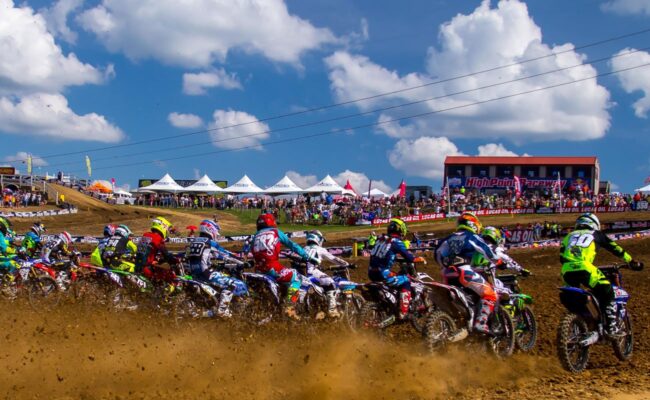Guide to High Point in Greene
The High Point Pro Motocross is in town Father’s Day weekend, and this guide will help make your trip to Greene County, Pennsylvania a bit easier! Explore places you can eat near the track, places to stay, and other activities and events to extend your stay.










